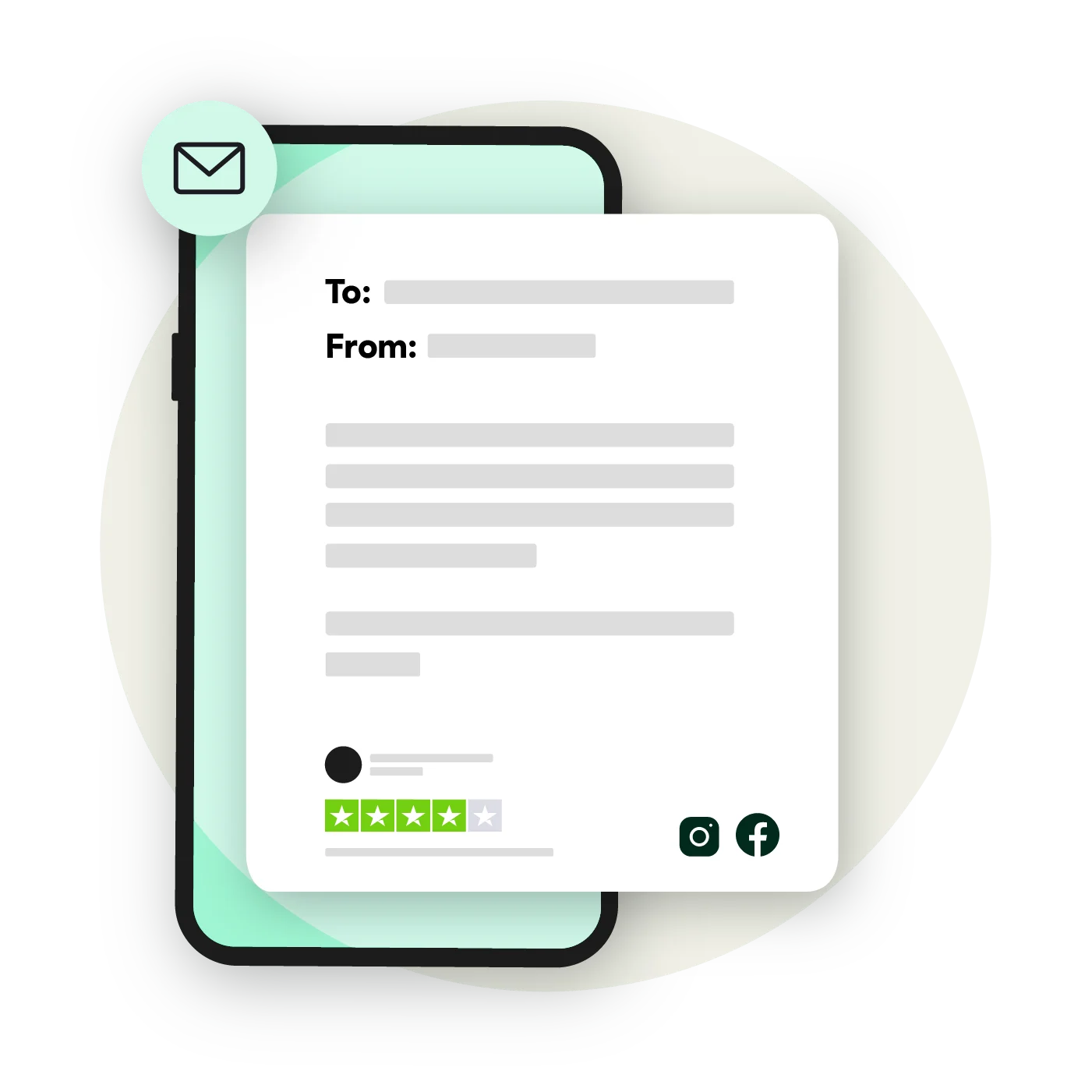
The dreaded spam folder. No marketer likes to hear that the emails they poured blood, sweat, and tears into ended up there. Emails are essential to an online marketing strategy but are wasted if they don’t land in the right inboxes. Close to one-third of customers in a Mailgun survey (32.8%) say they’d be annoyed or frustrated if a brand’s emails they opted-in for regularly ended up in spam.
Getting email deliverability or inbox placement rate right should be the foundation of every email marketing strategy – considering most marketers send 2-3 emails daily, and 12% send weekly emails.
The average email deliverability rate in 2023 was 85.7%, meaning 14.3% of all emails never reach the intended recipient’s inbox, and the situation is only worsening. According to a report by Validity, 61% of email marketers polled in 2023 think deliverability is getting harder.
What wrecks email deliverability? ESPs or Mailbox Providers are the overseers of the email realm – they determine an email’s viability. A few elements make ESPs think twice, like misleading subject lines, bad engagement rates, low open rates, spammy email subjects, high email bounce rates, and high unsubscribe rates.
What are some ways to improve email deliverability and achieve your metric goals?

First, it starts with sender reputation management
Do you know your email sender reputation?
Reputation matters in so many ways. Recipients are more likely to open an email from a trusted brand, and the higher the open rate, the less likely it is to be sent straight to the spam filter. But what does the mailbox provider think? ESPs allocate a scoring system for each sender, combining your IP reputation with your domain reputation to achieve your score. A good score is around 90.
Return Path reports that 83% of the time an email is not delivered to an inbox, it is due to a poor sender reputation. The lower the score, the less likely your emails will make the inbox.
What affects your score?
High ‘hard’ bounce rate
Low engagement
Spam complaints and traps
Bad email list quality
No domain authentication (SPF, DKIM, DMARC)
High unsubscribe rate
So, how do you improve the above metrics?
Decrease bounce rate
Calculating bounce rate equates to (Number of Bounced Emails / Number of Emails Sent) x 100. The perfect bounce rate to aim for is around 40% or lower. Any rate above 60% is a no-go and a reevaluation of the content being sent out.
When decreasing bounce rate, it’s best to source the problem and figure out what type of bounce rate you’re dealing with. There are two different types of bounce rates. The first is the ‘soft’ bounce rate, which indicates temporary issues like a full inbox. The second is the ‘hard’ bounce rate, a problem that usually means a serious error with an email domain or invalid email address.
A few factors can decrease bounce rate. Consider the types of segmentation you’re using with email sends. Segmenting email lists means the correct information is sent to the right people, making them less likely to unsubscribe or mark your email as spam.
Also, consider a double opt-in sign-up method. It’s a trust-building exercise that clarifies to users what they signed up for and ensures that the proper recipients sign up for your email.
Improve engagement
Engaged users are more likely to subscribe to regular email sends. ESPs use engagement data to gauge the quality of your email content and the legitimacy of your sending practices.
Improve your customer engagement strategy in email by adding more dynamic content to emails, like audio or video. Even live social media feeds shared in an email are an excellent example of user-generated content pulling it’s weight.
Avoid spam complaints
ESPs look out for spam keywords in every email subject line. These can be everything from “act now” to “earn money.” If an email subject line contains any of these terms, it’s a one-way ticket to Spamville.
When emails are well crafted and segmented based on customer interest and need, the subject lines are more meaningful, leading to more customer engagement. Emails with personalized subject lines had an average open rate of 35.69%.
Check email lists
Do not purchase email lists; they are unreliable and often lead to email decay. Email lists are constantly changing, and decay is a real problem. At least 22.71% of an email list degrades yearly. The best way to keep your email sends fresh is to update your email list regularly - eliminate invalid addresses, duplicates, spam traps, and disengaged subscribers. According to MailChimp, cleaning your email list every six months is ideal.
Get domain authentication
Ensure you have your authentication down pat. Domain authentication is what Mailgun calls ID cards that prove your legitimate identity to ESPs. It comprises the universal protocols SPF, DKIM, DMARC, and BIMI. Sending unauthorized emails is the best way to get blocked and rejected by ESPs.
As we said, emails are an essential part of any outbound marketing strategy, and reputable businesses deserve to see their outreach land in their right hands and inboxes.
Key takeaways
Avoid the dreaded spam folder! Emails with low open and high bounce rates are more likely to be flagged as spam and affect email deliverability.
Focus on reputation management. Regularly remove invalid addresses and focus on sending valuable content to engaged subscribers—users who unsubscribe or have low engagement hurt your score and outbound marketing goals.
Set up SPF, DKIM, and DMARC protocols to verify your email domain and prevent spammers from impersonating you.
Build trust with mailbox providers by maintaining a good sender reputation score (ideally above 90).
ESPs track engagement metrics like open rates. Keep subscribers interested with a solid customer engagement strategy that includes valuable content, personalization, and dynamic elements like videos or social media feeds.



